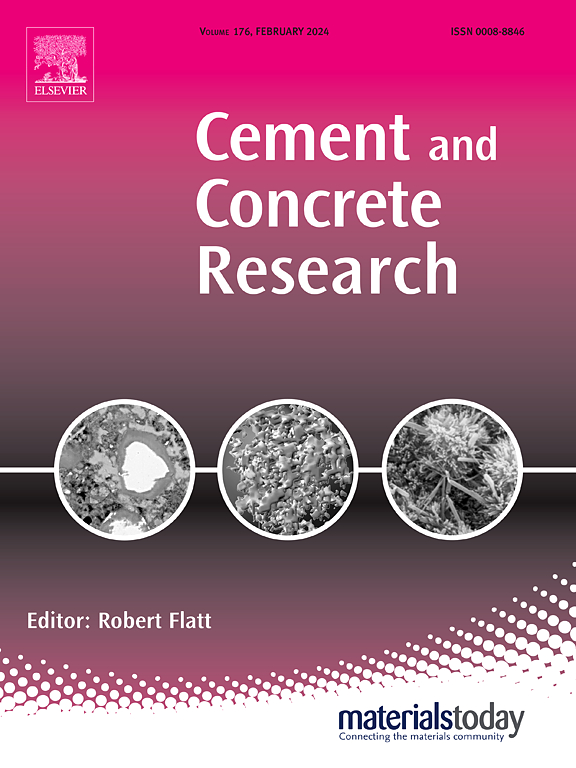倾斜混凝土3D打印变形的计算流体力学分析
IF 13.1
1区 工程技术
Q1 CONSTRUCTION & BUILDING TECHNOLOGY
引用次数: 0
摘要
目前基于挤压的混凝土3D打印技术不适合构建具有曲面或斜面的复杂几何结构。本文建立了一种基于计算流体力学(CFD)的混凝土3D打印模型。混凝土流体模型采用Bingham流变模型进行模拟。通过实验数据验证模型的准确性后,研究了倾角、打印速度、层高等变量对3D打印斜角混凝土结构变形的影响。研究结果表明,层高和倾角对混凝土结构的变形和稳定性影响最为显著,而增加打印速度会加剧混凝土结构的变形。在本研究探索的参数范围内,倾角的增加显著增强了混凝土结构的变形。此外,降低层高大大减轻了变形,提高了结构的稳定性。本文章由计算机程序翻译,如有差异,请以英文原文为准。
Deformation of inclined concrete 3D printing: A computational fluid dynamics analysis
Current extrusion-based 3D printing technologies for concrete are ill suited for constructing complex geometric structures featuring curved or inclined surfaces. In this study, one 3D concrete printing model based on computational fluid dynamics (CFD) was established. The concrete fluid model was simulated via the Bingham rheological model. After validating the model's accuracy through experimental data, the effects of variables such as the inclination angle, printing speed, and layer height on the deformation of 3D printed concrete structures with inclined angles was investigated. Our findings reveal that both the layer height and inclination angle exert the most significant influence on the deformation and stability of concrete structures, whereas increasing the printing speed exacerbates deformation. Within the parameter range explored in this study, an increase in the inclination angle markedly enhances the deformation of the concrete structure. Furthermore, reducing the layer height substantially mitigates deformation and improves structural stability.
求助全文
通过发布文献求助,成功后即可免费获取论文全文。
去求助
来源期刊

Cement and Concrete Research
工程技术-材料科学:综合
CiteScore
20.90
自引率
12.30%
发文量
318
审稿时长
53 days
期刊介绍:
Cement and Concrete Research is dedicated to publishing top-notch research on the materials science and engineering of cement, cement composites, mortars, concrete, and related materials incorporating cement or other mineral binders. The journal prioritizes reporting significant findings in research on the properties and performance of cementitious materials. It also covers novel experimental techniques, the latest analytical and modeling methods, examination and diagnosis of actual cement and concrete structures, and the exploration of potential improvements in materials.
 求助内容:
求助内容: 应助结果提醒方式:
应助结果提醒方式:


